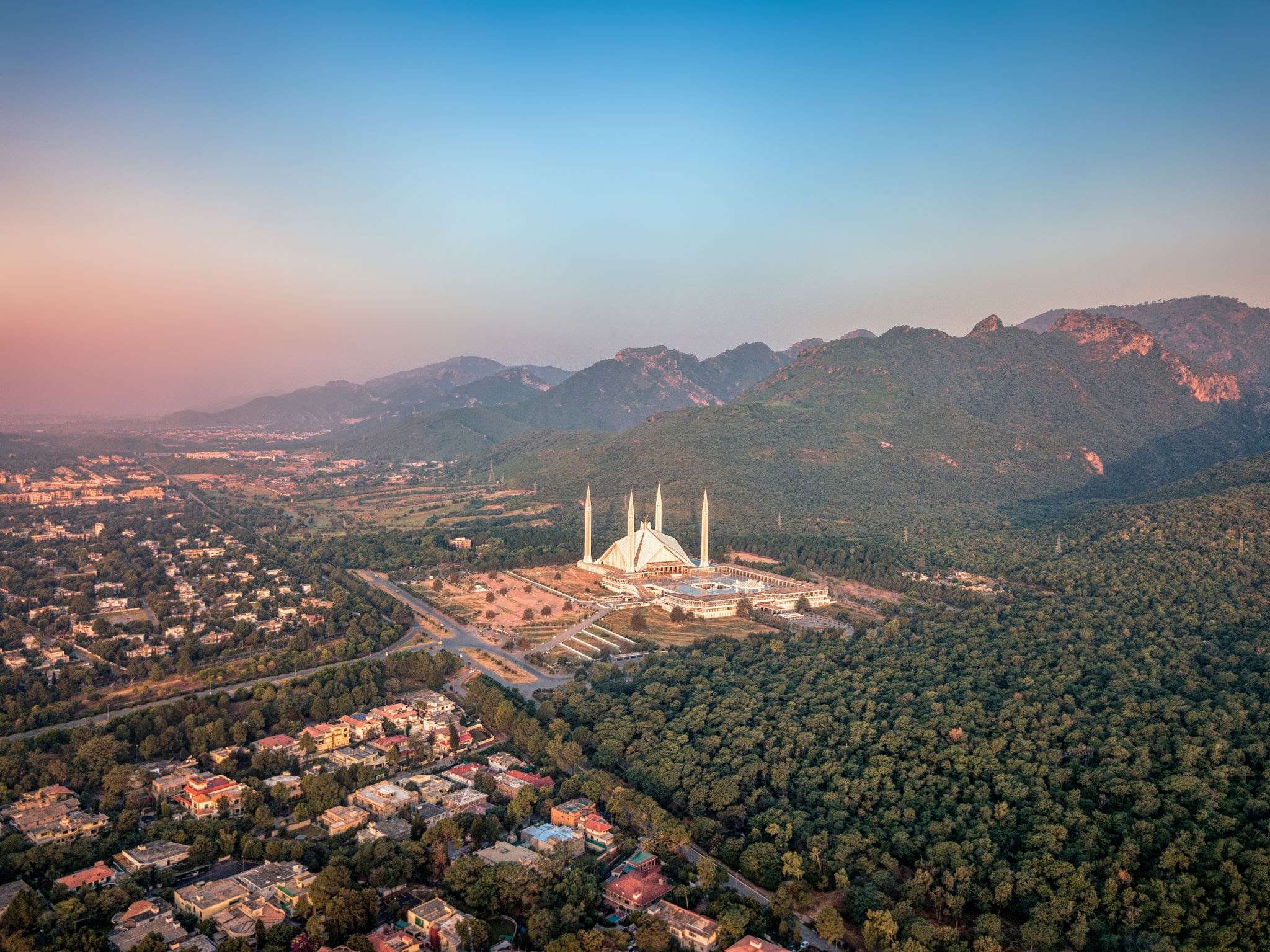Capital of Pakistan History
Islamabad, Pakistan’s capital, is situated on the Potohar Plateau in the northwest of the nation. Due to its location at the intersection between the North West Frontier Province and Rawalpindi, this region has had a considerable historical impact. The city was created in 1960 to take the role of Karachi, which has served as Pakistan’s capital since 1963.
Islamabad and Rawalpindi are regarded as sister cities because of their proximity.
Islamabad is a tidy, roomy, tranquil city with an abundance of greenery compared to other cities in the nation.
The city’s location has a history dating back to some of Asia’s first human settlements. Ancient caravans from Central Asia, the vast armies of Tamerlane and Alexander, as well as the first settlement of Aryans from that region, have all passed through this region. The Margalla Hills are to the north of the city. Nearly all descriptions of the climate in this region include hot summers, monsoon rains, and cold winters with little snowfall in the hills.
In addition, Islamabad is home to a variety of animals, from leopards to wild boars. To reflect the diversity of the Pakistani nation, it was thought that a new and permanent Capital City ought to be constructed after Pakistan’s establishment in 1947. It was deemed important to situate the new capital somewhere that could be cut off from Karachi’s commerce and commercial activities while still being conveniently reachable from the farthest reaches of the nation. As a result, a commission was established in 1958 with the mandate to choose a suitable location for the new capital, paying particular attention to factors like as geography, climate, logistical and defence requirements, aesthetics, and scenic and natural beauty.



